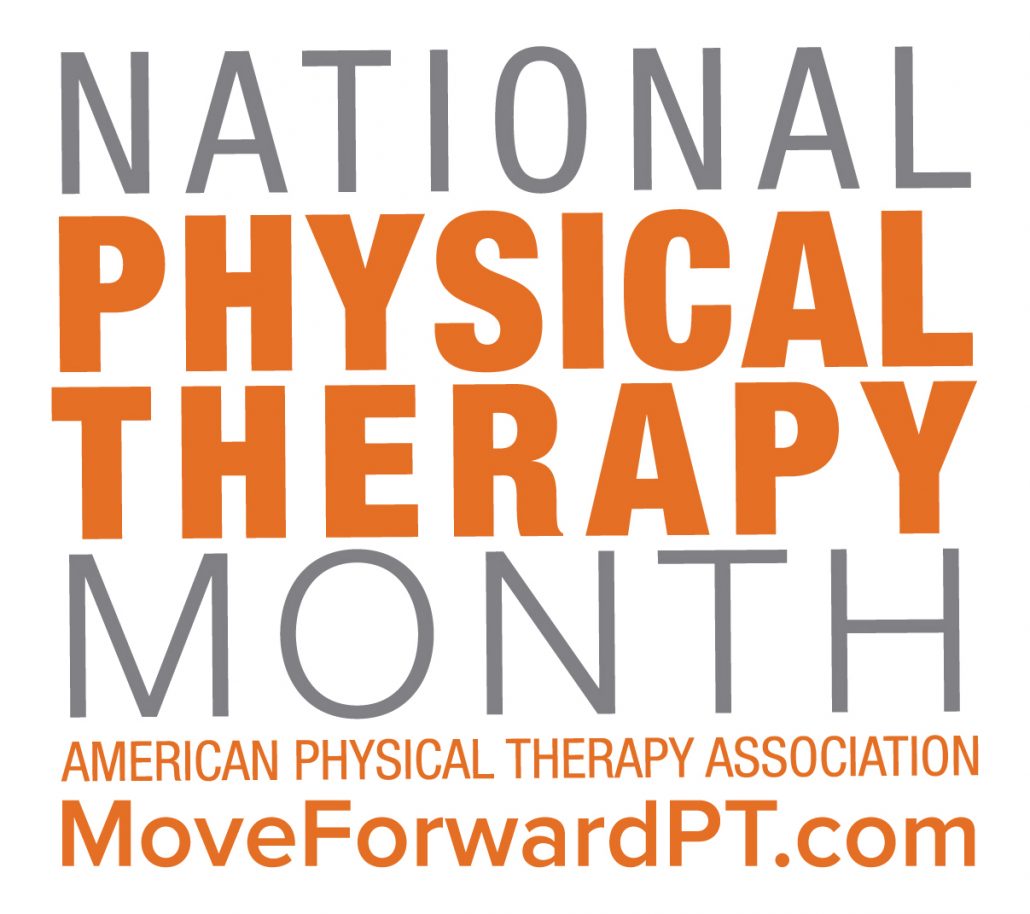
If Congress does not take action by March 14th on telehealth and cuts in the Physician Fee Schedule:
- Telehealth Therapy Services under Medicare Part B WILL END on March 31st.
- The full -2.83% reduction in the Physician Fee Schedule’s conversion factor will continue in 2025 and impact providers nationwide.
Help Reverse Medicare Part B Payment Cuts and Preserve Telehealth Access for Medicare Beneficiaries
On December 21, 2024, Congress passed the American Relief Act, 2025, extending telehealth services until March 31, 2025, but left out provider relief from the 2.83% cut in the Physician Fee Schedule Conversion Factor, which was effective January 1, 2025. Congress also continued government funding until March 14, 2025. Without further Congressional action by March 14th, rehab therapists will no longer be able to serve their Medicare beneficiaries using telehealth services! It is imperative that Congress hears from their constituents that they must address provider relief and pass a permanent telehealth authority before March 14th!
If Congress does not take action on telehealth and the cuts in the Physician Fee Schedule by March 14th:
- Therapists’ ability to use telehealth to deliver services under Medicare Part B will end on March 31st.
- The full -2.83% reduction in the Physician Fee Schedule’s Conversion Factor will continue for the rest of 2025 and impact providers across the country.
We urge you to contact your Members of Congress NOW to tell them to pass provider relief legislation, such as the Medicare Patient Access and Practice Stabilization Act (H.R. 879) which will mitigate Medicare payment reductions for 2025 and to continue the telehealth authority.
We urge you to contact your Members of Congress NOW! Tell them to pass provider relief legislation to mitigate Medicare payment reductions for 2025 and continue the telehealth authority.

